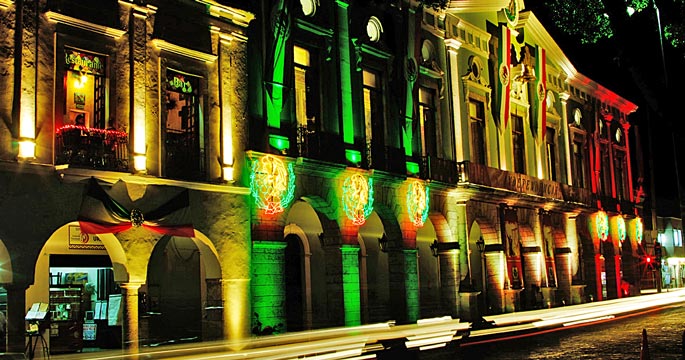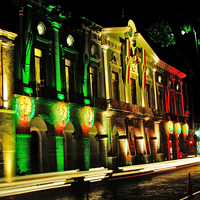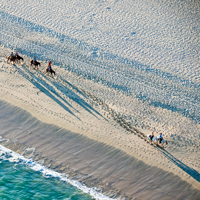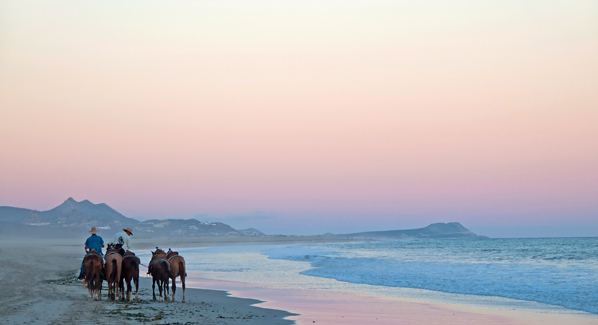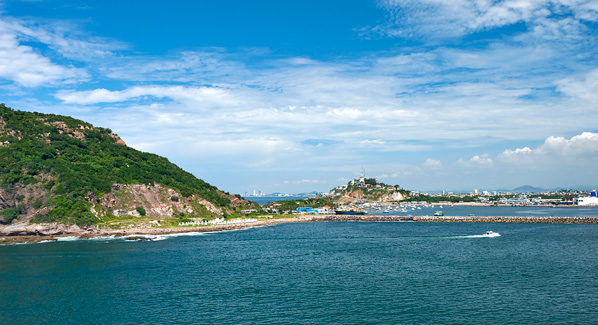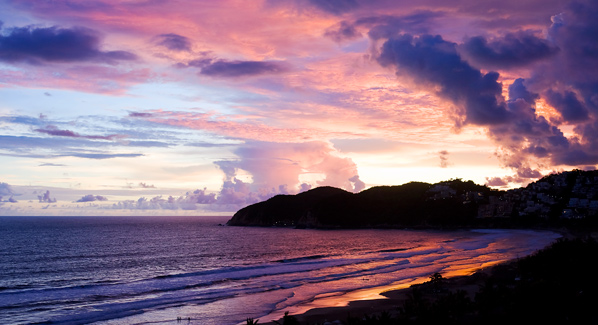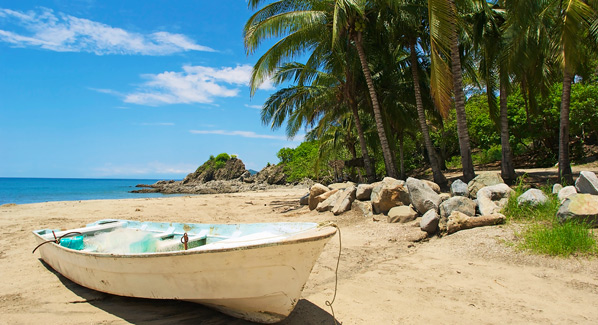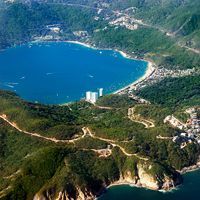Though Cinco de Mayo gets a lot of hype north of the border, Mexico’s true Independence Day is September 16. This day marks the anniversary of “El Grito de Dolores,” the day in 1810 when bells rang out in the city of Dolores to usher in the Mexican War of Independence. Much like American’s commemorate the Fourth of July with patriotic bunting in the colors of the stars and stripes, people all across Mexico decorate homes and streets with flags, flowers, and lights in their national colors of green, white, and red. September 16 is a day of parades, rodeos, and street parties, and the revelry is ramped up by the sounds of whistles, horns, and fireworks. Celebrations happen all across the country, but certain cities take the festivities to the next level. Here are three places you’d want to be on Independence Day in Mexico.
Campeche
On the Yucatan Peninsula, the historic city of Campeche begins Independence Day observances with formalities, and then gets on with the party. In the evening, crowds gather in the city’s Moch- Couho plaza, next to the government palace, to hear a reading of the Act of Independence, sing the national anthem, and chant “Viva Mexico” as replicas of the bells of Dolores ring out. This patriotic display is followed by a fireworks spectacle and video mapping presentation that uses special effects and music to recreate the events of 1810. Next, the real celebration kicks off with singing, dancing and on-stage performances by headline artists. Visors can absorb a double dose of culture, because the city of Campeche is also home to the Feria de San Román – a religious festival that begins on September 14 to honor the beloved Cristo Negro of Iglesia de San Román. This festival includes a vibrant market and midway with Ferris wheels, food and local crafts. There are also sporting matches and a traditional dance competition.
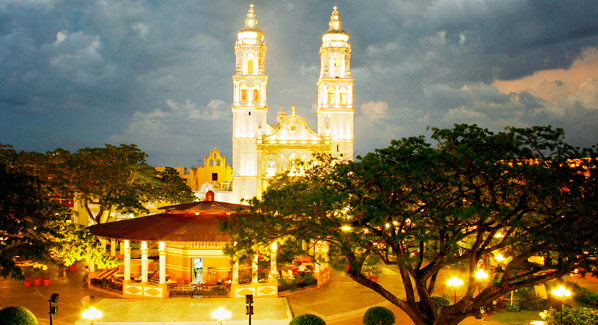
Campeche’s Catedral de la Concepción Inmaculada rises above the city’s historic district. The cathedral’s bells are rung on Independence Day. Photo: Christian Pinto/Cancun CVB
Acapulco
The city of Acapulco begins Independence Day preparations on September 15th, when residents and visitors flock to the city’s central market to buy commemorative decorations such as flags, piñatas, pinwheels and ribbons. Nearby Avenida Costera is decked in green, white and red lights for the occasion. As darkness falls, celebrants congregate at the Zocalo, the city’s main square, where government officials lead the crowd in the traditional “Cry of Dolores.” After enthusiastic chants of “Viva Mexico,” everyone then moves to food booths along the pier to watch fireworks and continue the party until dawn. To recover from the all-night revelry, locals tuck into a hearty bowl of pozole. This post- celebratory dish, which is a broth, made of hominy, pork or chicken, chili peppers and vegetables, is said to be a cure for overindulgence.
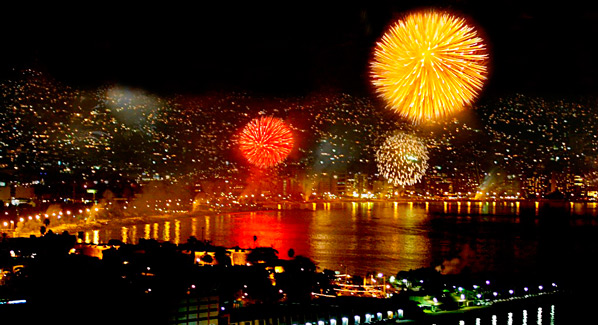
Independence day fireworks light the sky over the pier at the Acapulco waterfront. After crowds gather to watch, this area becomes the center of an all-night street party. Photo: Cancun CVB
Dolores Hidalgo
This small town in the state of Guanajuato is known as the cradle of Mexican independence. It was here that revolutionary priest Miguel Hidalgo made the “Grito de Independencia” — the cry for independence — by ringing the town’s bells to signal the beginning of a revolution against Spanish rule. Every year, the town stages a festival on the evening of September 15, featuring theatrical performances, open-air dancing and plenty of tasty Mexican food. Visitors to Dolores Hidalgo should also take in the Hidalgo House Museum, the Museum of Independence, and the House of Abasolo, where the national hero was born. Two additional highlights of the historic town are the church of Our Lady of Dolores Parish, which showcases unique Novohispano baroque architecture, and Atotonilco Parish, where Miguel Hidalgo adopted the famous flag of the Virgin of Guadalupe and led the march of independence.
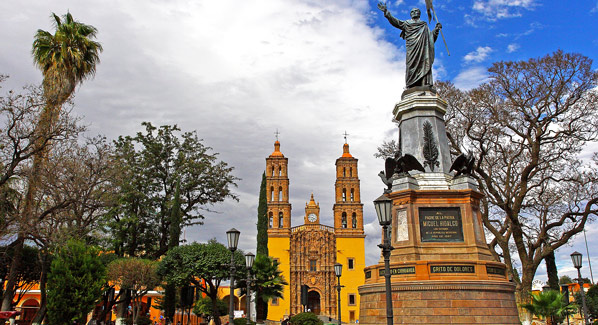
The central plaza at Dolores Hidalgo holds a statue of revolutionary hero Miguel Hidalgo, and a tree that is said to have received the tears or Cortez. Photo: Roman Korzh/Flickr

